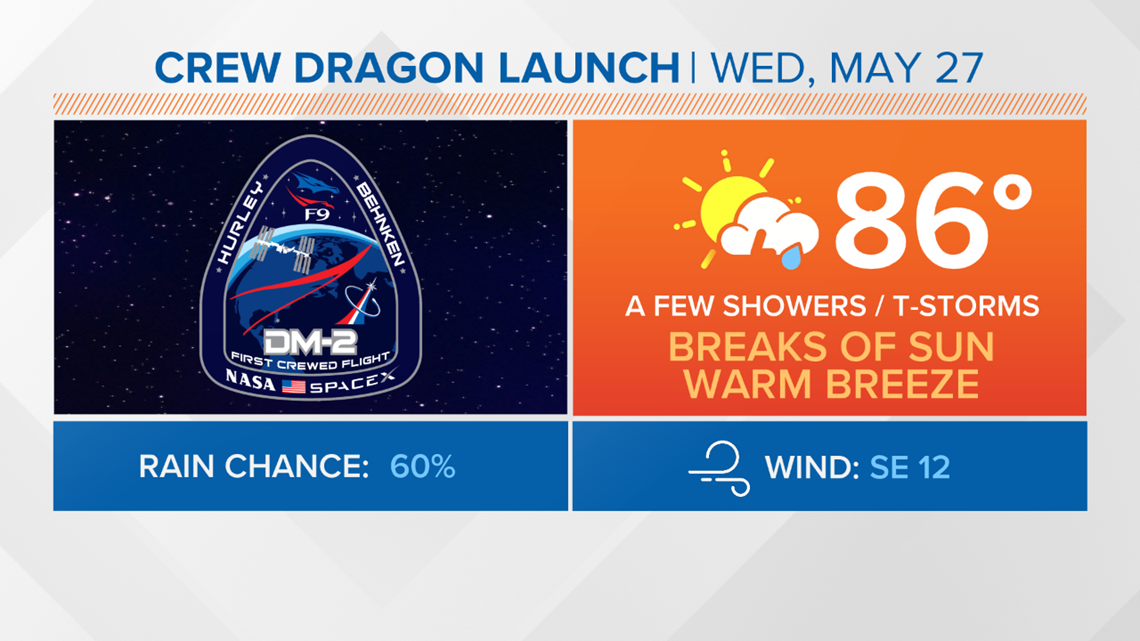
There is one critical difference between training needs for test pilots of aircraft and those of astronauts. Project Mercury Mission Simulators When the time came to design the Mercury flight simulators, experience with aircraft simulators and with those built for the X-15 rocket plane were all that were available. Reaching this level of computer involvement resulted from a steady evolution since the beginnings of manned spaceflight.
#Liftoff simulator nasa simulator#
For the Shuttle Mission Simulator several dozen mainframe, mini, and on-board computers interconnect to create window scenes, change displays, move indicators, and light event lights. Mission simulators today are so dependent on computers that it has become necessary for proper design to think of it as large data processing complex that incidentally is driving displays and performing other functions in a crew trainer 3. One part-task trainer exists to train astronauts in using the Shuttle on-board computer System and its software. NASA built a simulator for the last 200 feet of the landing of the lunar module. Often, part task trainers were needed for more difficult mission phases as well. Usually there was a pair of full-function simulators, one fixed base and one moving base, used for procedures training and extended simulations. A manned spaceflight program always had more than one type of simulator. Causing all these things to happen and coordinating them to happen simultaneously is the difficult task of the simulator designer 2.

In a moving base simulator, such as a simulator in which a spacecraft cabin is suspended on hydraulically moved pylons to enable it to tilt, physical motion must take place. For example, when an astronaut fires thrusters, the simulator must activate readouts and lights showing the thrusters firing, fuel reducing, velocity changes, and also show movement in the scene outside the cabin window. Requirements for realism increase the complexity of the simulation. Simulators must provide the astronaut trainee with as close an approximation of spaceflight as is possible on earth, without losing sight of the need to extensively practice procedures to respond to failures as well as nominal events. Lunar landing crews used simulators more than half the time 1. Each crewman in the Mercury, Gemini, and Apollo programs spent one third or more of his total training time in simulators. Feeling obligated to prepare the astronauts for every possible contingency, NASA required hundreds of training hours in high fidelity simulators. Chapter Nine - Making New Reality: Computers in Simulations and Image Processing - Crew-training simulators NASA's requirements for flight simulators far exceeded the state of the art when the first astronaut crews reported for duty in 1959. Computers in Spaceflight: The NASAExperience


 0 kommentar(er)
0 kommentar(er)
